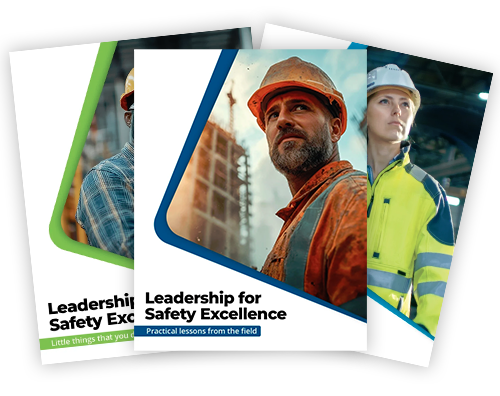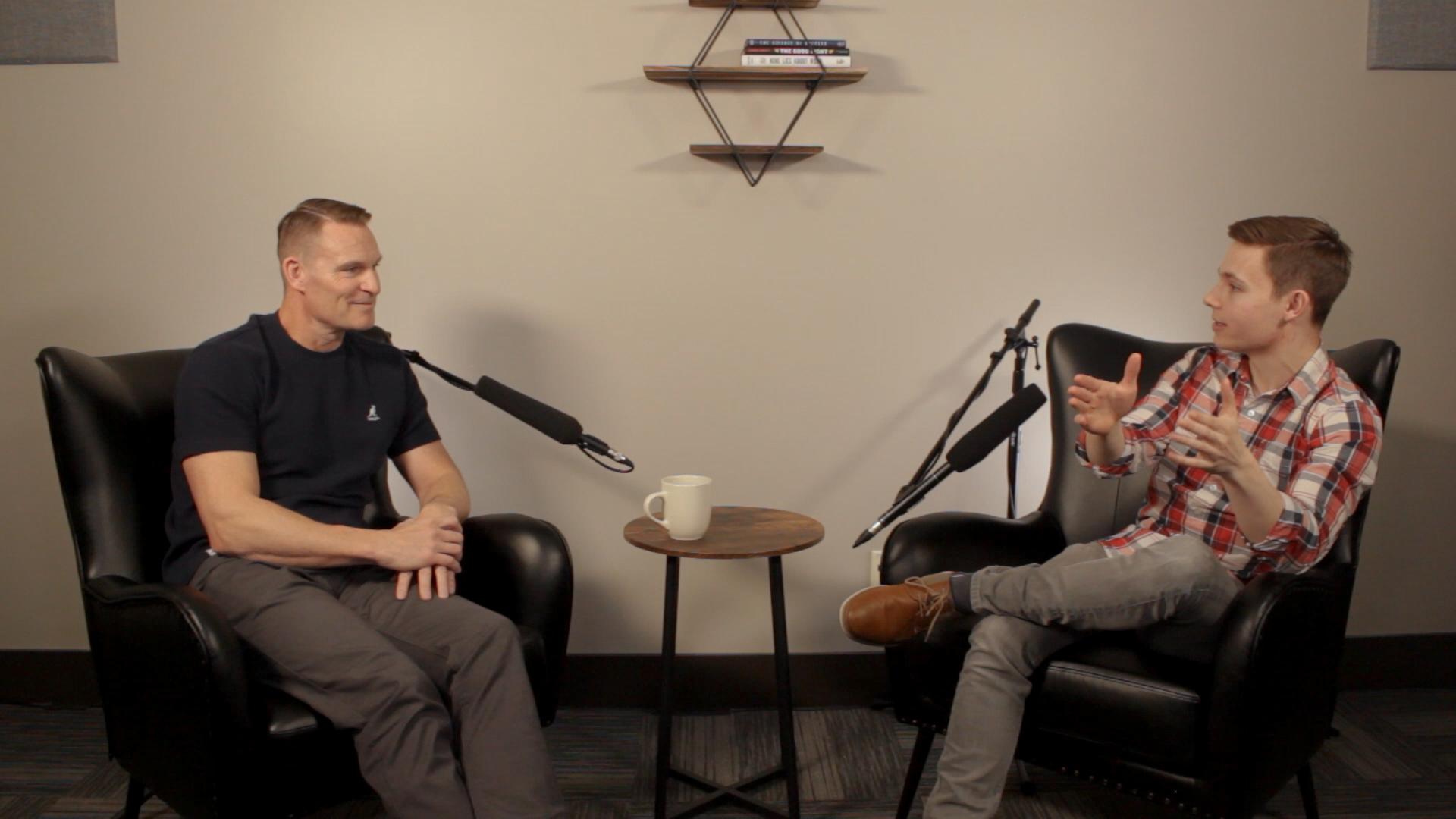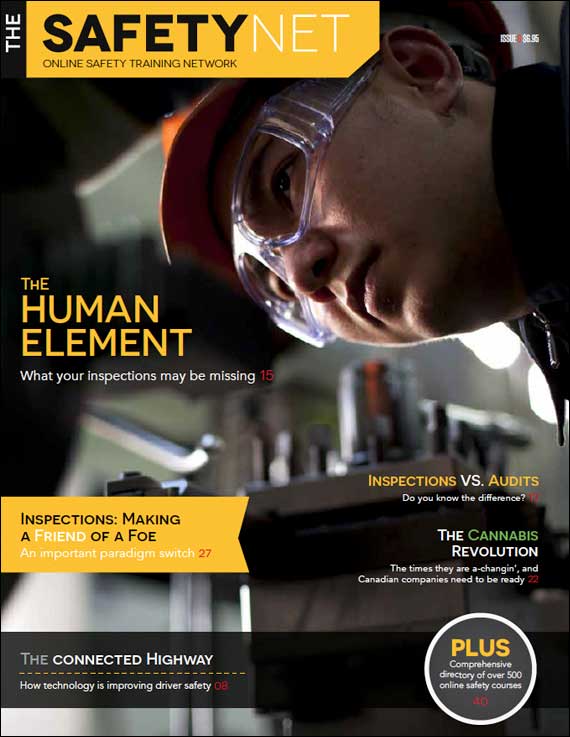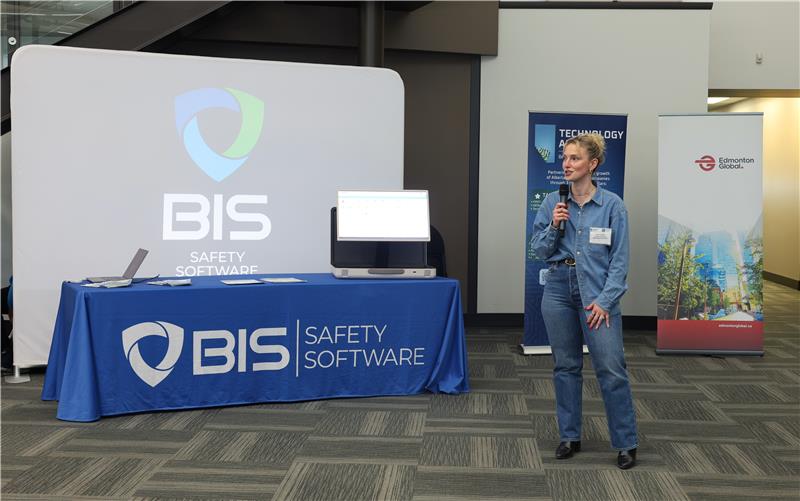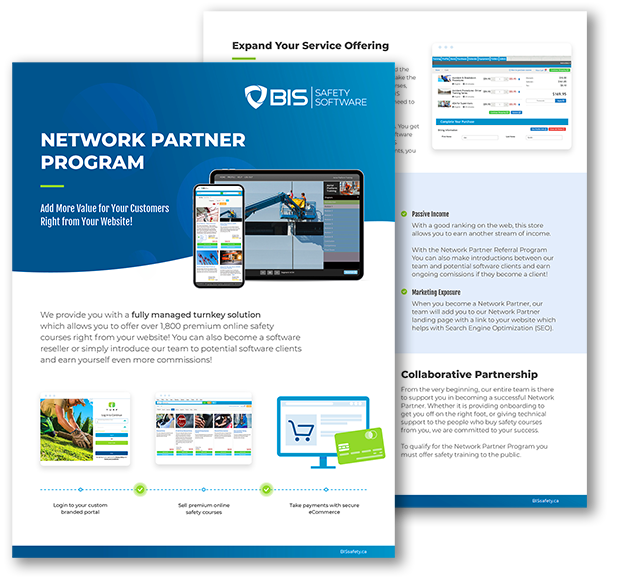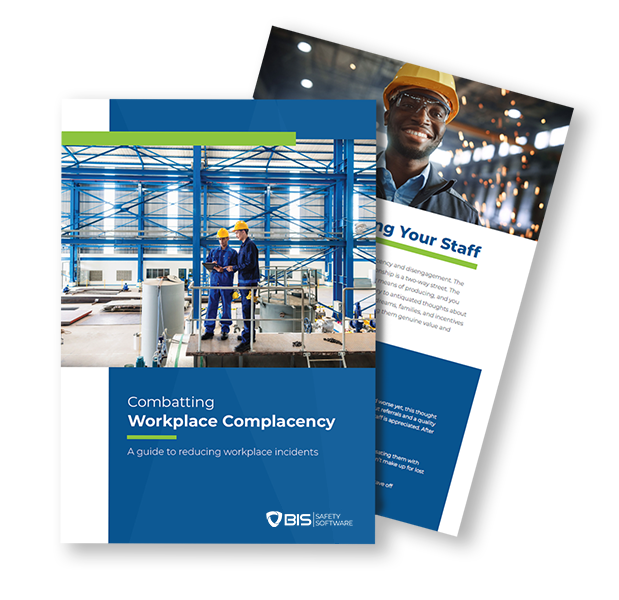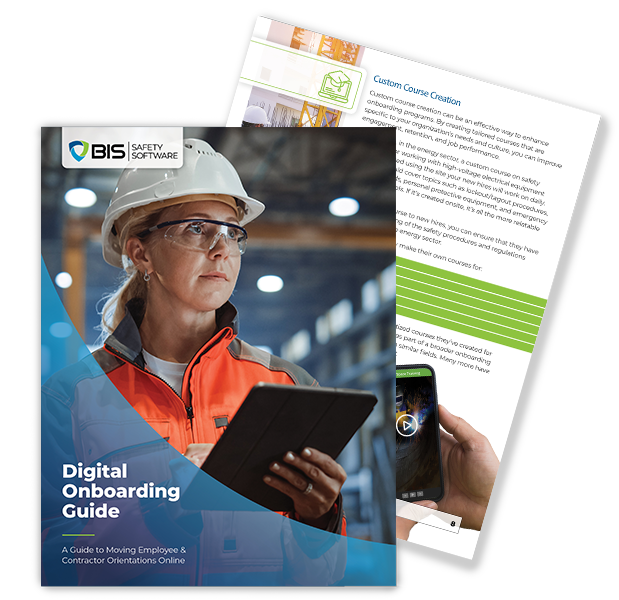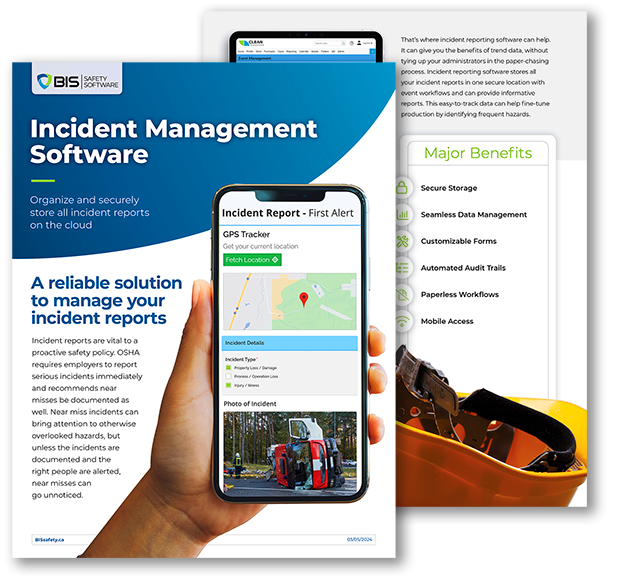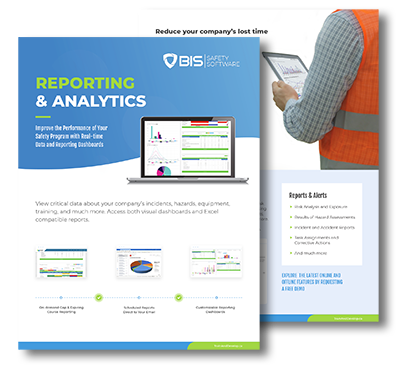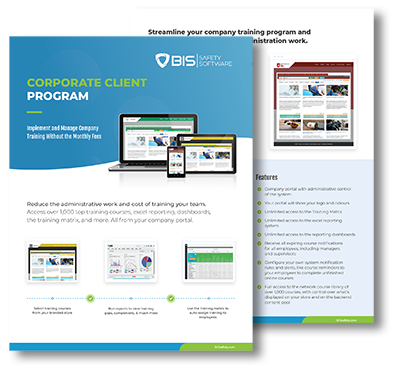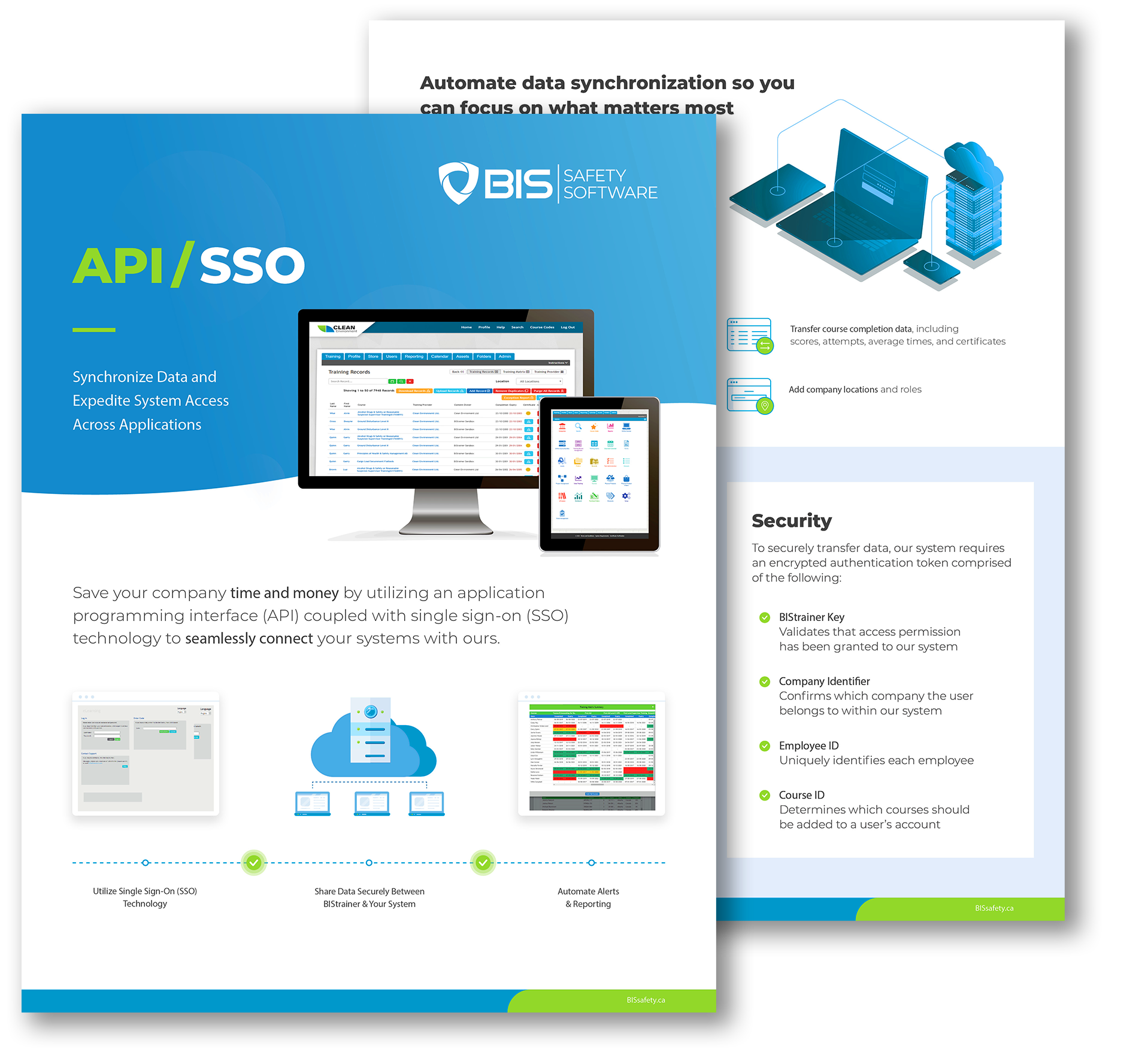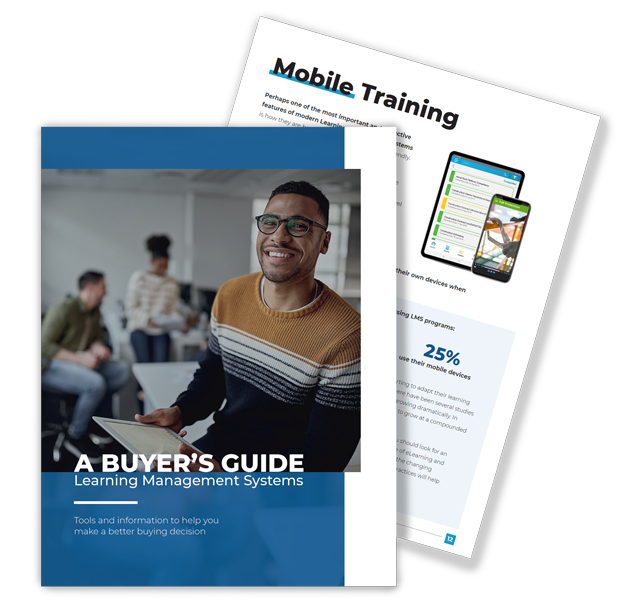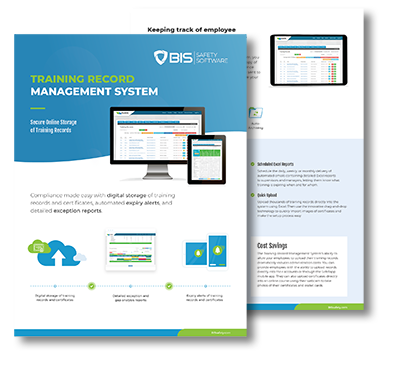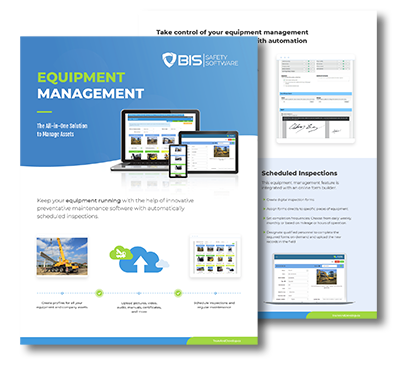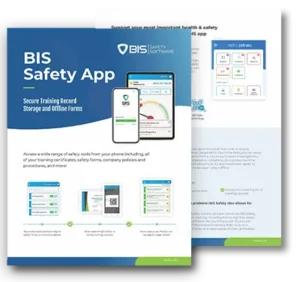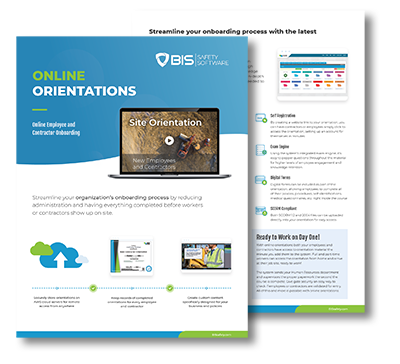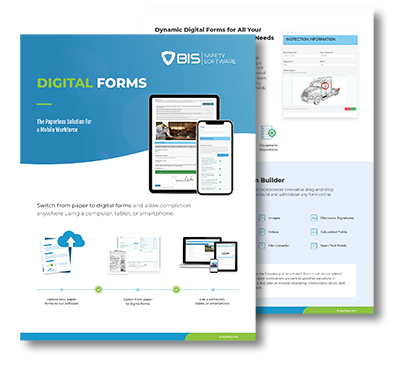Empowering Safety Through Leadership and Connection
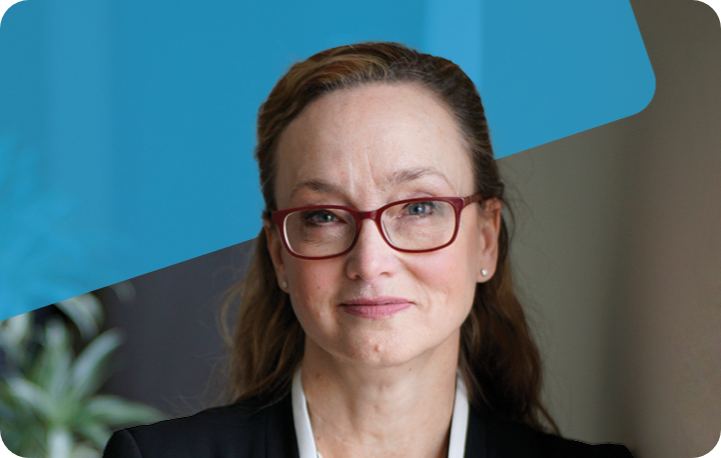
Melanie McGrath shifts workplace safety from policy and checklists to a people-led safety leadership culture rooted in trust, ethical leadership, and consistent communication.
Toyota Motor Manufacturing Canada – Designing For Worker Trust: Near Miss Reporting and Continuous Improvement with Sarah Abdul-Rasoul

In this Safety Spotlight episode, Sarah Abdul-Rasoul of Toyota shares her journey into occupational health and safety, focusing on trust, communication, and continuous improvement.
Leadership and Worker Protection in Construction
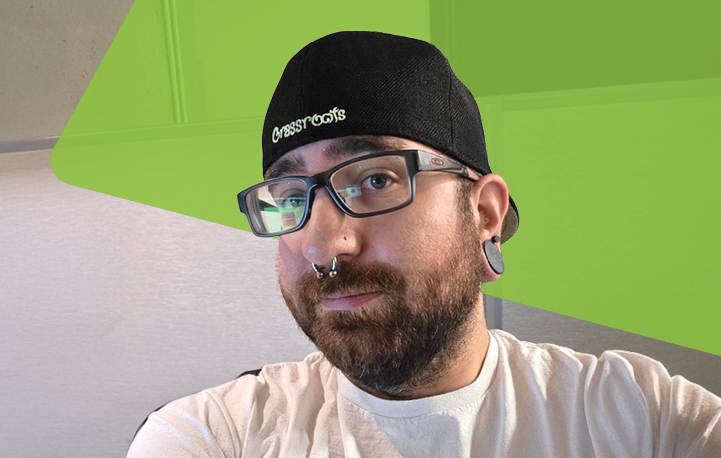
Matt Gruetzman’s safety journey highlights why strong leadership, trust, and communication shape safer construction sites. His approach shows how people-focused leadership builds confidence, increases reporting, and keeps crews protected.
Built on Trust:
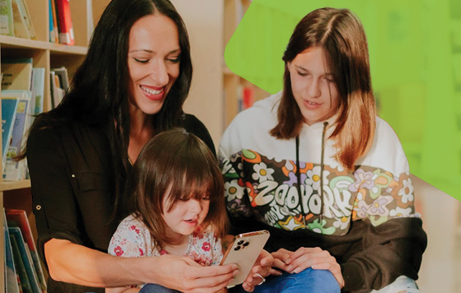
This story explores how human-centered safety leadership, emotional intelligence, and digital transformation are helping build safer, more resilient workplaces.
Mehmet Baha is Making Psychological Safety Smart and Urgent

Psychological safety in the workplace isn’t a buzzword, it’s the foundation of lower risks, stronger trust, and innovative, high-performing teams.
Why Accidental Safety Leaders Are the Ones Who Make the Biggest Impact

They didn’t plan to be safety professionals, but that’s exactly what makes them effective—stories of grit, leadership, and impact from the field.
Sinogap Solutions – Leading with Heart and Purpose: Psychological Safety with Dr. Johanna Pagonis
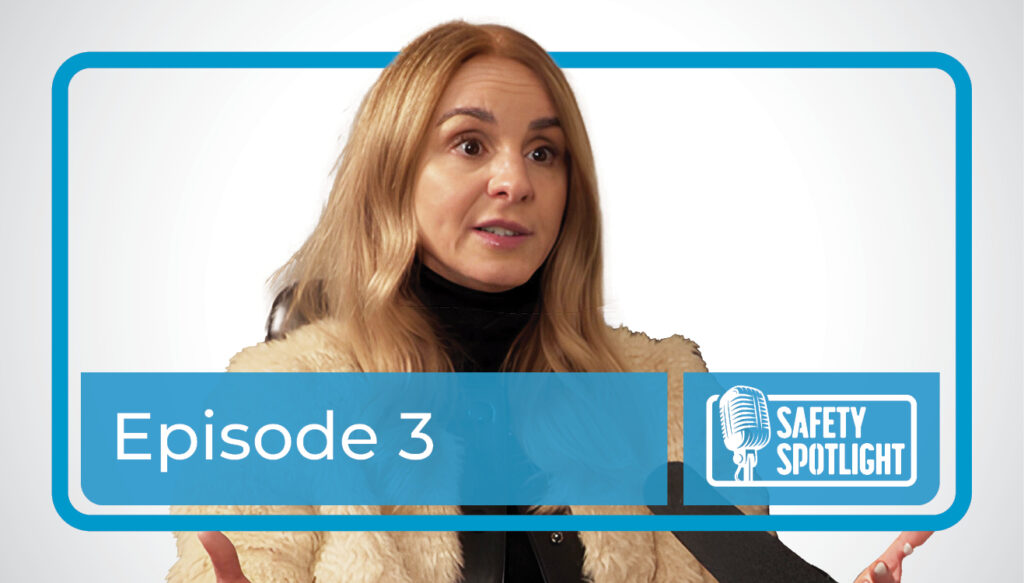
In this Safety Spotlight episode, Dr. Joanna Pagonis explores how empathy, courage, and psychological safety transform leadership, and why brave cultures are the safest ones.
Virtual Reality, Real Safety

Home Blog Virtual Reality, Real Safety Jennifer Lastra’s Mission to Save Lives Lastra talks psychology, VR, and AI in workplace training. By RDadiz Facebook LinkedIn “Compliance doesn’t equal competence. We have to do better.” Jennifer Lastra started her career as an electrician in the US Navy. She spent years working in shipbuilding and manufacturing as boots on the ground. She worked as a contractor in shipyards, frequently operating in high-risk environments with minimal supervision. This was real work, alongside people who did dangerous jobs every day. Then she saw the gaps, massive gaps in how safety was taught, understood, and retained. “I didn’t even realize how unsafe shipboard construction was until years later. The challenges go beyond just the hazards of working with electricity inside a steel vessel floating on water. And yet, we weren’t taught about self-awareness or situational awareness the way we should have been. We were just thrown in.” Jennifer Lastra Today, Lastra is on a mission to change that. As the Co-Founder and CEO of 360 Immersive, she’s pioneering the use of virtual reality (VR) in safety training. Her firm creates deeply immersive experiences. This is training that forces workers to engage, react, and remember. Her philosophy is simple: traditional training isn’t working. And if the fatality rates prove anything, it’s that the industry is long overdue for disruption. From the Navy to Night Vision to VR After the Navy, Lastra moved into shipbuilding. After that, manufacturing, making night vision goggles for military and emergency responders. She loved the sense of service, helping those who protect others. But eventually, she felt the pull to do something on her own. She wanted to build something. And in 2014, she saw her opportunity: virtual reality. “We started being able to pair cell phones with VR viewers,” she says. “Even if it was just cardboard headsets, I knew this technology had the power to completely immerse someone. And if you can immerse them, you can have the ability to modify their behavior.” Jennifer Lastra But Lastra isn’t a tech person. She never set out to be one. What drew her in wasn’t the hardware, it was the potential. “It was the perfect storm,” she says. “Entrepreneurship, powerful technology, and the chance to fix something I knew was broken.” She took that vision and started building. At first, there were skeptics. Some dismissed VR as a gimmick, a novelty. But as more companies saw the results, they realized she was onto something. “When workers go through VR training, they retain more. They react faster. They make better decisions under pressure,” she says. “It’s not theory, it’s science.” Related read: Do you own a business in the insurance industry? Check out how Artificial Intelligence is transforming the insurance industry. Fixing the Gaps in Safety Training For Lastra, the problem with traditional safety training is that it’s passive. Workers sit through hours of slide decks, printed manuals, and video lectures. They check a box, take a test, and move on. But does any of it stick? “Most safety training today is outdated and ineffective,” she says. “We’re giving workers information, but we’re not engaging them. And when the moment comes, when they’re in a real situation, what do they actually remember?” She experienced the challenge firsthand early in her career. As someone with dyslexia, she struggled to translate technical training into real-world applications. “I could pass any test you threw at me,” she says. “But when I got to the fleet, I had no idea how to apply it.” That disconnect drives her work today. 360 Immersive doesn’t just build training programs, it builds experiences. Using VR, workers are placed in hazardous environments. They react, make decisions, and see the consequences of those decisions play out in real time. “The goal is to meet learners where they are,” she says. “a scenario they’ll never forget. ”Some people learn best through reading, others hands-on, or a combination of both. VR bridges the gap, blending learning styles creating a more effective, engaging, and memorable experience.” And it’s not just about skill development. VR can replicate real-life pressures. Confined spaces, operating machinery under stress, reacting to an unexpected hazard. VR goes beyond technical skills – it’s ideal for simulating low-incident, high-risk scenarios like confined space rescues or warehouse fires, where mistakes have cost lives. “It’s a powerful tool for developing decision-making and critical thinking skills without actual consequences,” Lastra says. “The emotional connection makes training unforgettable and deeply impactful.” The Next Big Fight: Psychological Safety For Lastra, safety training isn’t just about hazard recognition and compliance – it’s about mindset. She believes psychological safety is the most overlooked factor in workplace safety. “Early in my career, I was often the first – or only – woman on the team, which made me feel like an outsider. I didn’t feel safe enough to raise my hand or ask questions. How many people still face this same challenge today?” She argues that fear prevents workers from speaking up about unsafe conditions – fear of asking a “stupid” question, fear of retaliation, fear of rejection. “People don’t speak up if they don’t feel like they belong. If they don’t feel safe,” she says. Her approach integrates psychological safety, mindfulness, and situational awareness into safety training. Instead of just teaching PPE regulations, we have an opportunity to dig deeper to understand, ‘Why aren’t you wearing it?’ or ‘Why did you skip inspecting it?’ Maybe it didn’t fit, or they were rushing to finish a task. Powerful storytelling in VR goes beyond compliance by illustrating the root causes of unsafe behaviors. By immersing learners in realistic, relatable scenarios, they build self-awareness, confidence, and the ability to speak up, take responsibility, and make safer decisions – key elements of a psychologically safe workplace. “If we can create emotional connections to training, we can change behavior. That’s the missing piece.” Jennifer Lastra The Fight for Better Standards Lastra isn’t just battling outdated training methods, she’s fighting complacency. “While yearly numbers fluctuate,
Revolutions in Safety
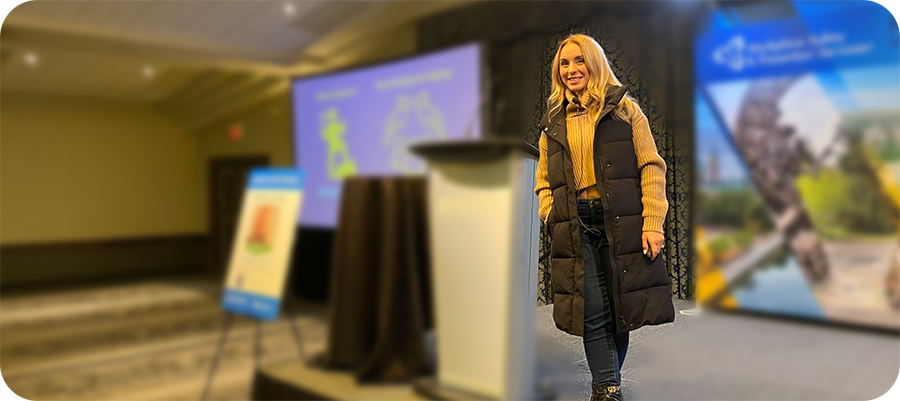
Home Blog Revolutions in Safety How Dr. Johanna Pagonis is “Womaning Up” She’s not just leading, she’s redefining leadership. Dr. Johanna Pagonis is putting people at the heart of safety By RDadiz Facebook LinkedIn Dr. Pagonis Puts People and Psychology at the Center. “You can have the best systems and equipment. But, if people aren’t empowered to speak up, you’ll always fall short.” Dr. Johanna Pagonis That’s the philosophy guiding Dr. Johanna Pagonis, founder of Sinogap Solutions. Dr. Pagonis, an expert in leadership and psychological safety, has redefined how organizations view safety. Her approach is simple but profound; safety starts with people. Their voices, their courage, and their ability to lead from the heart. Falling Into Safety: A Career Reimagined When Dr. Pagonis launched Sinogap Solutions, her focus wasn’t on safety. But a conversation with a former colleague, Christopher Spasoff, changed her perspective. “Christopher is an occupational health and safety lawyer. He told me, ‘What you’re teaching, emotional intelligence, leading with the heart, this is what the safety industry needs,’” Dr. Pagonis recalls. That idea stuck with her. Dr. Pagonis’ early work focused on mental and psychological health, not physical safety. “I can’t tell you how to design an organization for physical safety,” she admits. “But I can tell you how to empower people to use the tools and systems you’ve already put in place.” For Dr. Pagonis, this is the core of the problem. “Checklists and high-tech gear won’t help. If people don’t feel safe challenging the status quo or proposing new ideas, you won’t achieve your safety goals,” she says. Her mission was clear: teach groups to create safe, innovative, and collaborative environments. Her leap into safety wasn’t just about identifying gaps; it was about bridging them. As she consulted with organizations, she found that psychological safety wasn’t a fringe concept. It was a foundation. “It’s not something you tack on,” she says. “It’s woven into every conversation, every decision.” Psychological Safety as the Foundation Dr. Pagonis’ work centers on psychological safety. The idea that people should feel safe to take risks without fear of punishment is a spearhead. “Organizations often focus on the tangible aspects of safety,” Dr. Pagonis explains. “But psychological safety is just as important. Without it, even the best tools and processes will fail.” Dr. Pagonis trains leaders, through Sinogap Solutions, to create safe spaces. Employees should be able to voice concerns and suggest solutions without fearing retaliation. She emphasizes that this isn’t about creating a “bubble-wrapped” workplace. “Psychological safety isn’t about avoiding hard conversations. It’s about having the courage to speak up and challenge the system when it’s needed.” Dr. Johanna Pagonis Her training programs teach leaders to be vulnerable, build trust, and listen with empathy. “If leaders don’t set the tone, no one else will,” Dr. Pagonis says. “Brené Brown says it best: what a leader does gives permission for others to do the same.” One of her favorite teaching tools is role-playing difficult conversations. “People often freeze when they’re in the moment,” she explains. “Practicing scenarios teaches them to face challenges without shutting down or escalating.” Dr. Pagonis also emphasizes the importance of consistency. “You can’t build trust with one grand gesture,” she says. “It’s the small, daily actions that matter most.” Key Takeaways Psychological safety is the foundation of real safety. Without trust and open communication, even the best systems fall short. Empowered people make safer decisions. When employees feel heard and valued, they’re more likely to speak up and take initiative. Leadership starts with vulnerability. The tone leaders set, through empathy, consistency, and courage, shapes the entire safety culture. Investing in people isn’t soft, it’s strategic. Programs that build confidence and trust drive long-term results in safety, engagement, and performance. Breaking Barriers in Male-Dominated Industries Dr. Pagonis’ work often intersects with male-dominated fields like law enforcement, construction, and transportation. Her course, “Women Up: Ignite the Leader in You,” addresses the unique challenges women face in these environments. “When I started my career, I spent years in male-dominated spaces,” Dr. Pagonis shares. “As a female civilian in law enforcement, I had to earn credibility in ways my male counterparts didn’t.” Those experiences inspired her to create programs that equip women with the skills and confidence to lead. The Women Up course is on its seventh cohort. The program focuses on building confidence, fostering executive presence, and navigating difficult conversations. “One of the biggest challenges women face is confidence,” Dr. Pagonis says. “Whether it’s speaking up in meetings or advocating for themselves, the gap often isn’t in skills but in belief.” One success story stands out. A participant in the inaugural cohort was a senior executive. She was acting in a temporary role while competing for a permanent promotion. The decision-makers passed her over, claiming she was “stressed” and needed “protection.” Dr. Pagonis calls this a classic case of benevolent sexism. “Her male peers were never told they weren’t promoted because someone needed to protect them,” she notes. They denied her opportunities despite her clear qualifications. The program taught the executive to frame her concerns. It also helped her control her emotions in high-stakes talks. “She went back to her boss, asked him to advocate for her, and changed the narrative,” Dr. Pagonis recalls. “Within a month, they promoted her.” The ripple effects of Women Up are far-reaching. Graduates not only advance in their careers but also mentor others. “It’s about creating a cycle of empowerment,” Dr. Pagonis says. “When one woman succeeds, she paves the way for others.” Success Stories That Stick Dr. Pagonis measures success not by how many people take her courses but by the tangible changes they create. A leader in Alberta Health Services had a great example. They turned an emotional intelligence concept into a daily practice. “He printed a life-sized emotion wheel, put it on the wall, and used magnets to represent each team member. At the start of every shift, they placed their magnets on the wheel to show how they were feeling.



